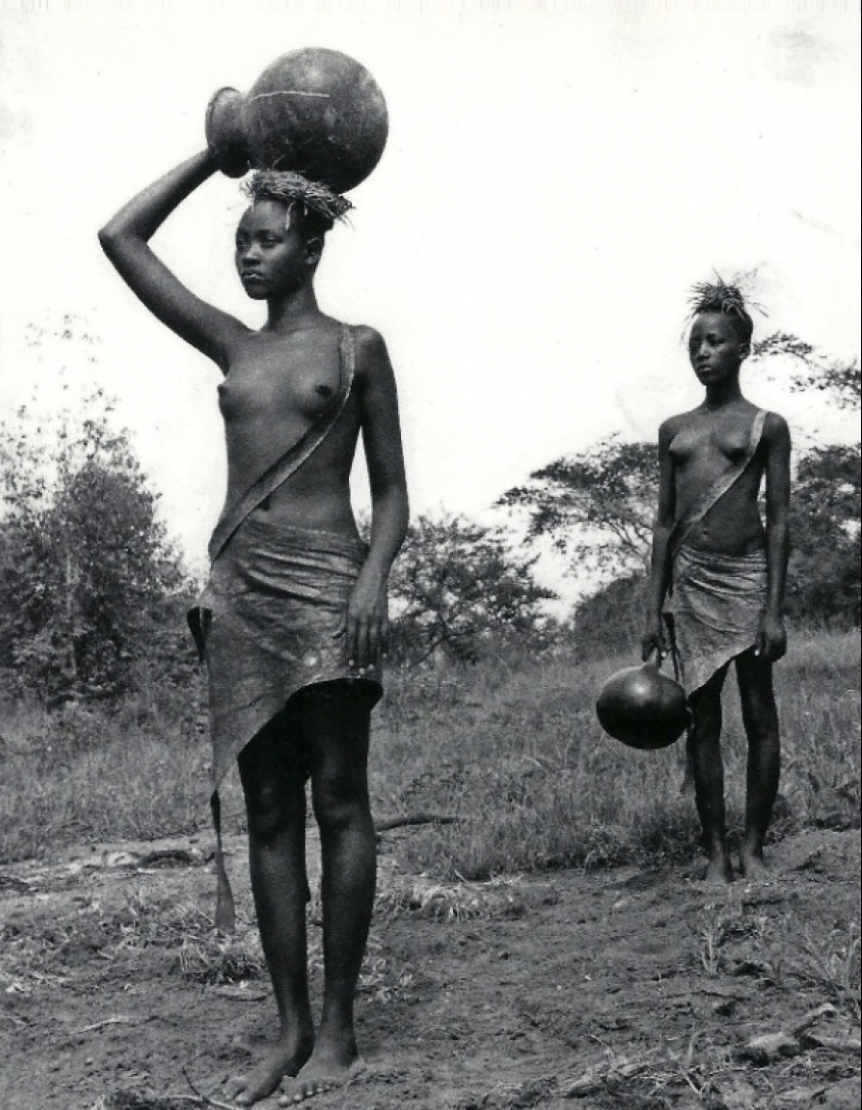In the heart of East Africa, Rwanda, known for its lush landscapes and rich cultural heritage, harbors traditions that date back centuries. One such practice, steeped in cultural significance yet often misunderstood, is Guca Imyeyo, also known as Gukuna. This intimate and private rite of passage for women is a cornerstone of Rwandan heritage, deeply rooted in the country’s history and social fabric.
Understanding Guca Imyeyo (Gukuna)
Guca Imyeyo, orGukuna, translates to “to pull” or “to elongate” in Kinyarwanda, Rwanda’s native language. The practice involves the elongation of the labia minora, typically initiated during adolescence. This custom is taught by elder women in the community, who pass down the knowledge and techniques to younger generations.
Historically, Gukuna was seen as a rite of passage, marking the transition from girlhood to womanhood. It was believed to enhance sexual pleasure and marital intimacy, and was considered a preparation for a fulfilling conjugal life. The process is conducted with a focus on privacy, respect, and tradition, often within the confines of close familial relationships or among trusted community members.
The Historical and Cultural Context
Gukuna is not unique to Rwanda; similar practices are found in other African cultures, such as in Uganda and certain ethnic groups in the Democratic Republic of Congo. In Rwanda, the tradition is thought to predate colonial times, woven into the fabric of social and cultural life. It was a norm, not an anomaly, and held in high regard as a necessary preparation for a woman’s future roles as a wife and mother.
In traditional Rwandan society, discussions about sexual intimacy were more open and integral to family and community life than in many modern contexts. Elders would share wisdom about maintaining a harmonious marital relationship, with Gukuna being one of the aspects. It was seen as a way to ensure mutual satisfaction and to uphold the sanctity of marriage.
The Procedure and Its Practices
The process of Gukuna is typically initiated around the onset of puberty, although the age can vary. It is usually conducted by a trusted female relative or a knowledgeable elder within the community. The young girls are instructed on how to gently pull and elongate their labia minora over a period, using natural substances like medicinal herbs or oils to aid the process.
The ritual is carried out in a respectful and supportive environment, emphasizing patience and care. It’s not a surgical or invasive procedure but rather a gradual and natural modification. The practice is seen as a bonding experience, fostering a deep connection between the mentor and the initiate.
Modern Perspectives and Controversies
In contemporary Rwanda, Gukuna remains a subject of debate and varying perspectives. With the influence of globalization and modernization, traditional practices are often scrutinized through different cultural and ethical lenses. Some view Gukuna as an important cultural tradition that should be preserved, while others argue it imposes unnecessary and potentially harmful expectations on women.
Critics often liken it to female genital mutilation (FGM), although it’s crucial to note the differences. Gukuna is non-invasive and does not involve cutting or mutilation, unlike FGM. Proponents of Gukuna argue that it enhances marital satisfaction and is a personal choice made by informed individuals within a cultural context.
In recent years, there have been calls for more open dialogue about the practice, highlighting the need for education and understanding rather than blanket condemnation or uncritical acceptance. Some women advocate for their right to uphold this tradition, while others choose to abstain, reflecting a broader trend towards personal autonomy and choice.
The Role of Education and Awareness
Education plays a pivotal role in shaping perceptions of Gukuna in modern Rwanda. Increasing awareness about the practice’s cultural roots and its distinction from harmful practices like FGM is essential. Organizations and community groups are working to provide balanced information, allowing individuals to make informed decisions about their bodies and cultural practices.
In schools and public health forums, discussions about Gukuna are becoming more prevalent. These conversations aim to respect cultural heritage while promoting the health and well-being of young girls and women. The focus is shifting towards empowering women with knowledge and choices, ensuring that they can navigate their cultural identity with dignity and autonomy.
Guca Imyeyo, or Gukuna, stands as a testament to the rich and complex tapestry of Rwandan culture. As with many traditional practices, it embodies a deep-seated history and a nuanced understanding of societal roles and relationships. Navigating its place in modern society requires a delicate balance of respect for cultural heritage and advocacy for individual rights and well-being.
In the evolving landscape of Rwandan society, Gukuna continues to be a symbol of identity and tradition for some, while for others, it prompts reflection and reevaluation of cultural practices in the context of contemporary values. Through open dialogue, education, and mutual respect, Rwanda can honor its past while embracing the future, ensuring that all voices are heard and respected in the conversation about Gukuna.
Ras Banamungu’s Note: This article aims to provide an in-depth understanding of Gukuna, reflecting the diverse perspectives and experiences within Rwandan society. It is essential to approach such topics with sensitivity and an appreciation for cultural diversity, recognizing the complex interplay between tradition, modernity, and personal choice.

